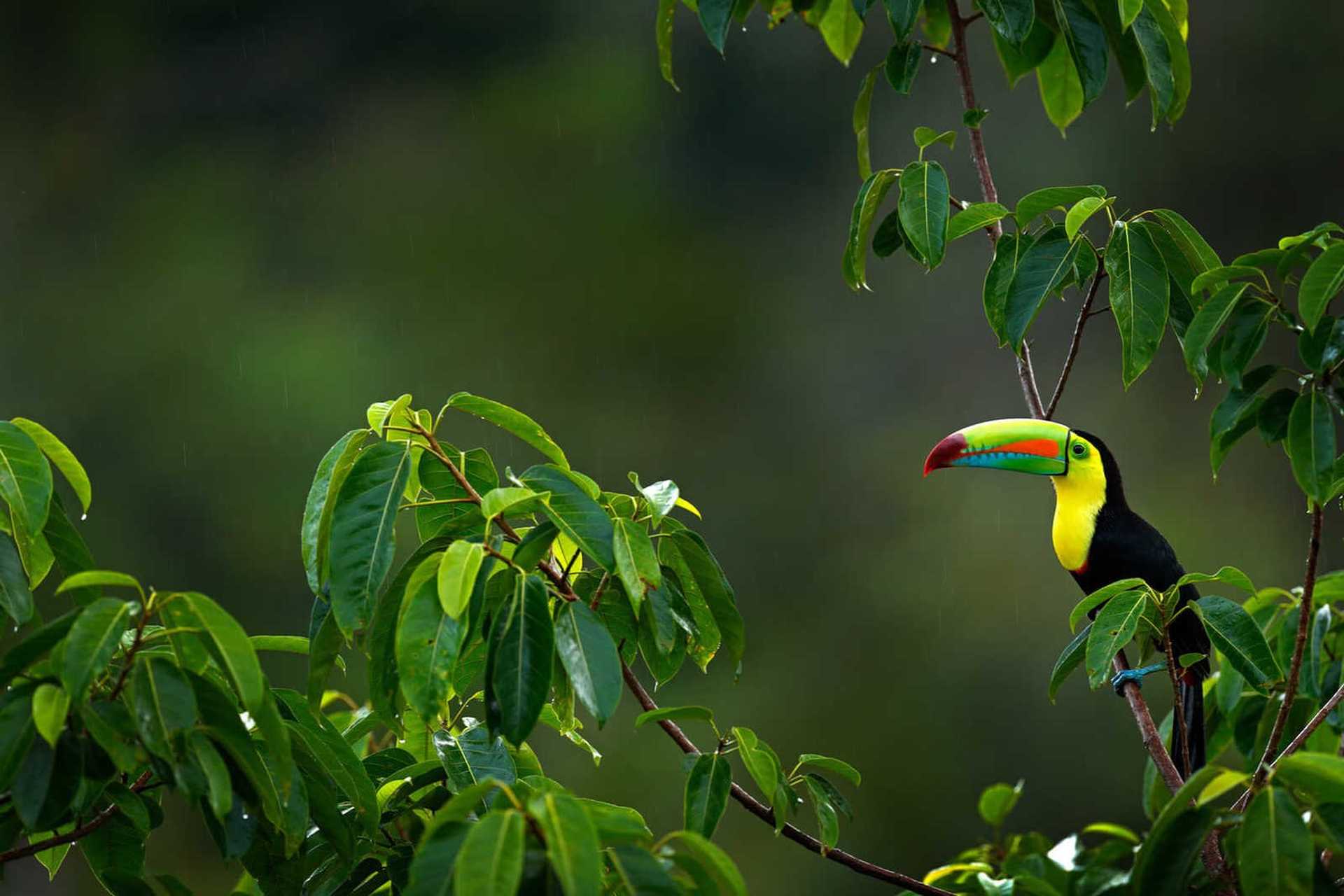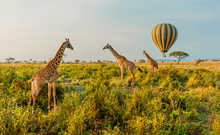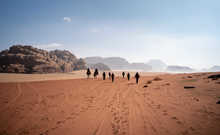Ultimate Peru
- Kandoo Ultimate
- Kandoo Trekking

Contact
our UK team


You will be met at Juliaca Airport and transferred to your hotel in Puno, a journey of roughly 50 minutes. The rest of the day will be free time in Puno.
Please be aware that Puno sits at 3,800m above sea level, so we recommend taking measures to combat altitude related symptoms today, especially if this is your first time at altitude; drink plenty, take the day slowly and if you plan to use Diamox then take some prior to your arrival into Puno. We deliberately start your trip nice and steady to allow you to acclimatise to the altitude.
Your guide will pick you up from your hotel at 07:30am to be transferred to the port of Puno where you will board a motorboat and travel across the lake for about 40 minutes to visit the floating islands of Uros. Here a family will welcome you, invite you into their home and explain about their customs and way of life. You will then have time to make a short tour on the reed boats (Totora) around the islands.
You continue across the lake and after a 3-hour journey arrive at Taquile Island. There, a long gradually ascending path will take you to the village. It takes approximately 50 minutes to walk up to the village to visit the communal cooperative, where you can watch the islanders making traditional textiles and clothing. You have lunch at one of the local restaurants with magnificent views of the surrounding area. After some free time in the afternoon, your guide will take you for a hike to the highest point of the island to watch the sunset.
After breakfast you leave your host family and hike for around 2 hours to the far end of the island, passing through local communities and with some great views across the lake. Your trek will end at a quiet beach, where you have time to relax and have a swim. Lunch is taken at a restaurant overlooking the beach. You then return to Puno, a 3-hour return journey, and at approximately 4pm are transferred to your hotel for a free evening to relax or explore.
Rising early, you will head to Puno station to catch the 7:30am train to Cuzco. This 10-hour luxurious journey weaves it's way through extraordinary mountainous scenery. Experience a show of traditional culture; music, dancing and fashion on board as well as indulging in a 3-course gourmet meal. A day of relaxation and enjoying the views before arriving into Cuzco in the early evening. Check into your hotel then head into this ancient city for a light bite or evening meal.
To help your acclimatisation we will spend a day in Cuzco. In the morning your guide will collect you from your hotel to take you on a half day city walking tour. Cuzco was once the foremost city of the Inca empire, and is the continent's oldest continuously inhabited city. At the heart of the city is the Plaza de Armas. Colonial arcades surround the plaza, while alleyways leading away from the plaza are bordered by Inca walls. On the plaza's northeastern side is the imposing Cathedral, flanked by the churches of Jesus Maria and El Triunfo. On the southeastern edge is the ornate church of La Compania de Jesus.
You will have the afternoon free to rest or explore this beautiful city. This evening you will meet your Kandoo guide and have a full pre-trek briefing.
We will leave Cuzco at 5:00 am by a private bus heading to the Sacred Valley of the Incas. We will make a short break in the beautiful town of Ollantaytambo for breakfast. The official beginning of the Inca Trail is called Km 82. Here we will meet our crew and register for our trek.
After crossing the Rio Urubamba we start the legendary Inca Trail. The first day of the trail is relatively easy and a good warm up for the following days. On the way we will pass a beautiful archaeological site called Llactapata before we reach Tarayoc. After that, we will continue our hike to Ayapata (3300m), the camping site where we will spend the night, passing Wayllabamba on route.
Leaving early in the morning, our trail first leads through the Valley of Llulluchapampa (3750m). The first 4 km trekking are steep and take approximately 2 hours. From Llulluchapampa, the path continues less steeply for another 2 hours until we reach the Warmihuañusca Pass (Dead Woman Pass), the first of three passes on the Inca Trail and the highest point of our trek at 4200m. This climb is the most difficult part of the Inca Trail. After a short break at the summit, we continue our hike down with a long and steep descent to the Pacamayo River where we will have lunch overlooking the cloud forest. After a well deserved break and feeling re-energised, we climb up to the oval-shaped ruin of Runkurakay, which is believed to have once been an Inca tambo or post house. From here we continue to ascend to the summit of our second pass, Runkurakay Pass at 3900m. From here you will be rewarded with spectacular views of the entire snow-capped Vilcabamba range, before another steep descent down to our campsite for the night.
This morning we will climb up to our third pass, to Phuyupatamarka, an Inca ruin named “The Town in the Clouds” from where there are great views of the Urubamba river far below. From Phuyupatamarka, we continue to descend into a beautiful orchid-filled cloud forest, visiting the site of Intipata (Terraces of the Sun), before reaching our campsite at Wiñay Huayna. Arriving here by early afternoon we have plenty of time to explore the nearby ruins and have a lesson in cooking Lomo Saltado, a Peruvian specialty.
An early start is required today, and we will have breakfast on the go around 4:30 am so that we are ready to hit the trail. We say goodbye to our porters and set off on the final section of the Inca Trail to the famous Inti Punku (The Sun Gate) which will take around 2-3 hours. Weather permitting, from here you will enjoy your first views of Machu Picchu, the Lost City of the Incas. You will be given a guided tour of the site which will last for around 2½ to 3 hours. There is also an option to climb Huayna Picchu, the famous mountain behind the ruins, but you will need to book a permit in advance. In the afternoon, we will catch the train from Agua Calientes to Ollantaytambo, where you will be met by our driver who will transfer you to your hotel in Cuzco.
After an exhausting few days trekking, a free day in Cuzco can be spent souvenir shopping, sightseeing or reading your book.
This morning after breakfast, a transfer will take you to the airport. Here you will hop on a plane and fly to Puerto Maldonado where you will be met by your naturalist guide and transferred to a dugout canoe for the trip up the Tambopata River to the Tambopata Eco Lodge. On the journey the vegetation changes from colonized deforested areas to virgin rainforest. A box-lunch is provided on board. On arrival you'll have a welcome drink and meet the rest of the staff. In the late afternoon you set off for an introductory walk into the "terra firma" forest behind the lodge, dominated by giant Brazil-nut and Dipteryx trees. After dinner there will be a night walk to find nocturnal animals, as about 50% of the animals in the rainforest are nocturnal.
After an early breakfast you and your guide will board the motorized canoe once again for the short journey to the trail head to begin a morning's exploration by foot and paddle canoe of the lake system of Condenado. This whole area is rich in bird and aquatic life and a family of giant otters lives in the vicinity of the lake. You will return to the lodge for lunch. After lunch you return to the canoe to continue the journey upstream, a further 2 hrs, to an area deep within the Tambopata National Reserve where the isolated macaw and parrot clay-lick "El Chuncho" is situated. This collpa is the second largest of the clay cliffs lining the Tambopata River in this area. After dinner you will go searching for animals such as capybaras, caimans, tapirs and jaguars by walking along the banks of the Tambopata River. Tonight you will camp on the beach near the collpa.
A pre-dawn start is needed to get to the clay-lick before the birds. They arrive in search of minerals and salts and the digestive properties of the clay particles themselves. On average several dozen macaws and smaller parrots visit the clay-lick daily, including scarlet, blue and yellow, red and green, and chestnut-fronted and blue-headed parrots. Following a late morning hike you will return down river to the lodge for lunch. The afternoon is for exploring the forest close to the lodge (with or without your guide), relaxing and bathing in the Gallucunca, a cool clear stream beside the lodge. At night you will go searching for caimans and other nocturnal animals by canoe along the Tambopata River.
A dawn start is required for the canoe trip back to Puerto Maldonado, giving memorable views of the sunrise over the river. This gives you are last chance to look out for wildlife that are particularly active at this time. Howler monkeys are frequently heard, as they stakeout their territories. We say goodbye at the airport at Puerto Maldonado, where you can fly to your next destination in Peru, or back to Lima for your international connection. Please book your departure flight after 10am. This is to allow time to return along the river and transfer to the airport.
BREAKFAST
Breakfast is usually fairly hearty. Of course, you’ll also have hot drinks, generally a choice of tea, coffee or hot chocolate. Let your guide know if you are still hungry, or even if you think you could ‘pack in a few more bites’. Our cooks always try to provide more food than necessary to ensure everyone gets a good meal.
We stop for a hot lunch, freshly prepared by our cook.
Afternoon Tea is served at the end of the days walking, once you get to camp. In addition to tea and other hot drinks, there are plenty of snacks to help restore some of the energy you’ve just burned off.
Dinners are quite filling. They usually begin with a nice hearty soup, and then a main course with fresh vegetables, and plenty of rice, pasta or potatoes, followed by a yummy dessert.
On the trek, we filter and boil all the water that we give to you for drinking. You may wish to bring purification tablets as an extra precaution but they are not essential. Every morning we will fill up your water bottles or hydration bladder with at least 2 litres of water.
Coca tea is thought to help relieve the symptoms of altitude sickness. In Cuzco, all the hotels have dried leaves and hot water available throughout the day so you can make your own tea whenever you wish. On the trek we will take coca leaf tea bags for you.
We use only the very best high altitude mountain tents, Eureka K-2 XT, to ensure you stay warm, dry and comfortable on your Inca Trail trek. Please bear in mind, these are proper mountain tents, designed to cope with extreme conditions so don’t expect to be able to stand up and walk around inside!
Luggage allowance on flights: 23kg
We say goodbye to our porters in Winay Wayna before we visit Machu Picchu. Any tips that you wish to give to the porters will need to be carried on the trek with you.
UPPER BODY
LEGS
FEET
OTHER ACCESSORIES
If you’ve decided to rent gear for your Inca Trail trek, then below is a list of equipment available. Just let our team know what you’d like to hire at your Pre-Trek Briefing.
All payments are made locally in US Dollars (cash only):
North Face 0° Sleeping Bags $15 per trek
Trekking Poles $10 per trek
Duffle Bag $5 per trek
All items must be packed in your main equipment bag and must be returned before departing for Puerto Maldonado. Items should not be attached to the outside of your bag, as we are not responsible if items fall off when the bags are being carried on the trek. The sleeping bags weigh approximately 2kg each.
| From | To | Price | Availability | Book | Enquire |
|---|---|---|---|---|---|
| 04/06/2025 | 17/06/2025 | £3,299 $4,289 |
Sold out
|
Sold out | Enquire now |
| 02/07/2025 | 15/07/2025 | £3,299 $4,289 |
Sold out
|
Sold out | Enquire now |
| 30/07/2025 | 12/08/2025 | £3,299 $4,289 |
Sold out
|
Sold out | Enquire now |
| 03/09/2025 | 16/09/2025 | £3,299 $4,289 |
Sold out
|
Sold out | Enquire now |
| 08/10/2025 | 21/10/2025 | £3,299 $4,289 |
Available
|
Book now | Enquire now |
| 01/04/2026 | 14/04/2026 | £3,399 $4,399 |
Available
|
Book now | Enquire now |
| 29/04/2026 | 12/05/2026 | £3,399 $4,399 |
Available
|
Book now | Enquire now |
| 03/06/2026 | 16/06/2026 | £3,399 $4,399 |
Available
|
Book now | Enquire now |
| 01/07/2026 | 14/07/2026 | £3,399 $4,399 |
Available
|
Book now | Enquire now |
| 29/07/2026 | 11/08/2026 | £3,399 $4,399 |
Available
|
Book now | Enquire now |
| 02/09/2026 | 15/09/2026 | £3,399 $4,399 |
Available
|
Book now | Enquire now |
| 07/10/2026 | 20/10/2026 | £3,399 $4,399 |
Available
|
Book now | Enquire now |
| 31/03/2027 | 13/04/2027 | £3,499 $4,499 |
Available
|
Book now | Enquire now |
| 28/04/2027 | 11/05/2027 | £3,499 $4,499 |
Available
|
Book now | Enquire now |
| 02/06/2027 | 15/06/2027 | £3,499 $4,499 |
Available
|
Book now | Enquire now |
| 30/06/2027 | 13/07/2027 | £3,499 $4,499 |
Available
|
Book now | Enquire now |
| 28/07/2027 | 10/08/2027 | £3,499 $4,499 |
Available
|
Book now | Enquire now |
| 01/09/2027 | 14/09/2027 | £3,499 $4,499 |
Available
|
Book now | Enquire now |
| 06/10/2027 | 19/10/2027 | £3,499 $4,499 |
Available
|
Book now | Enquire now |
Want to ask us a question or book a private trip? Don't hesitate to contact us!
Contact us